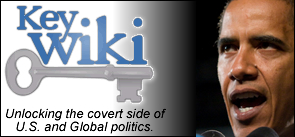America’s See-No-Islam Problem Exposed With Boston Jihadism
By: Benjamin Weingarten TheBlaze The Boston Globe published a column in the wake of the shooting...
Read Moreby TMH | Feb 12, 2015 | Constitution, History, Military, Politics, Religion, Survival, Terrorism | 0 |
By: Benjamin Weingarten TheBlaze On the night of Sept. 11, 2011, three men were brutally murdered...
Read More

My beloved husband,
GARRY HAMILTON,
passed away
on September 24th, 2022.
I will love you always.

